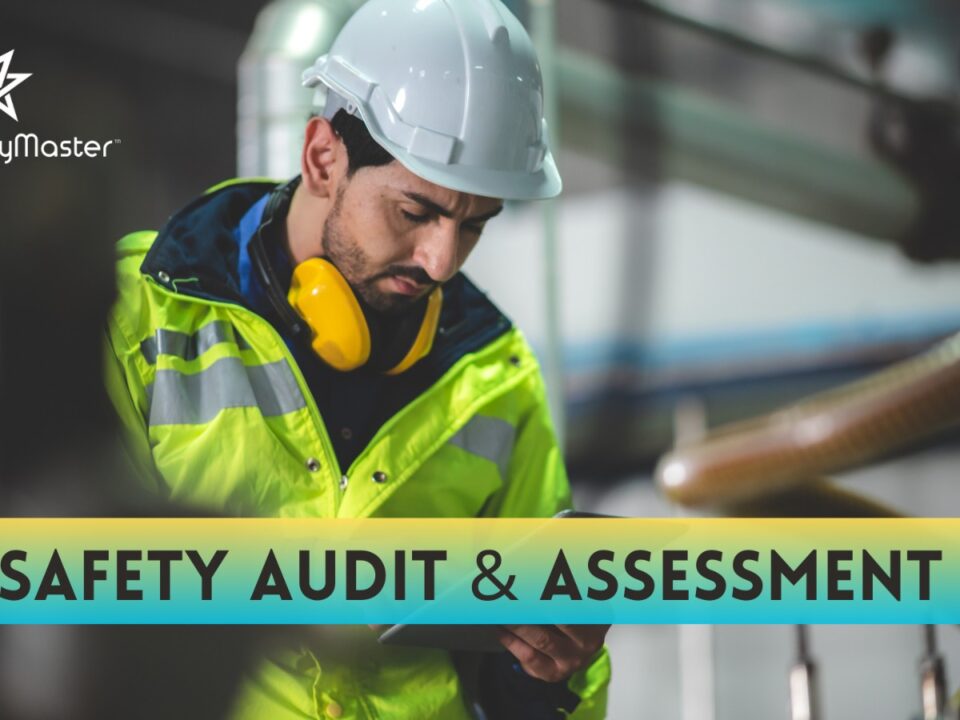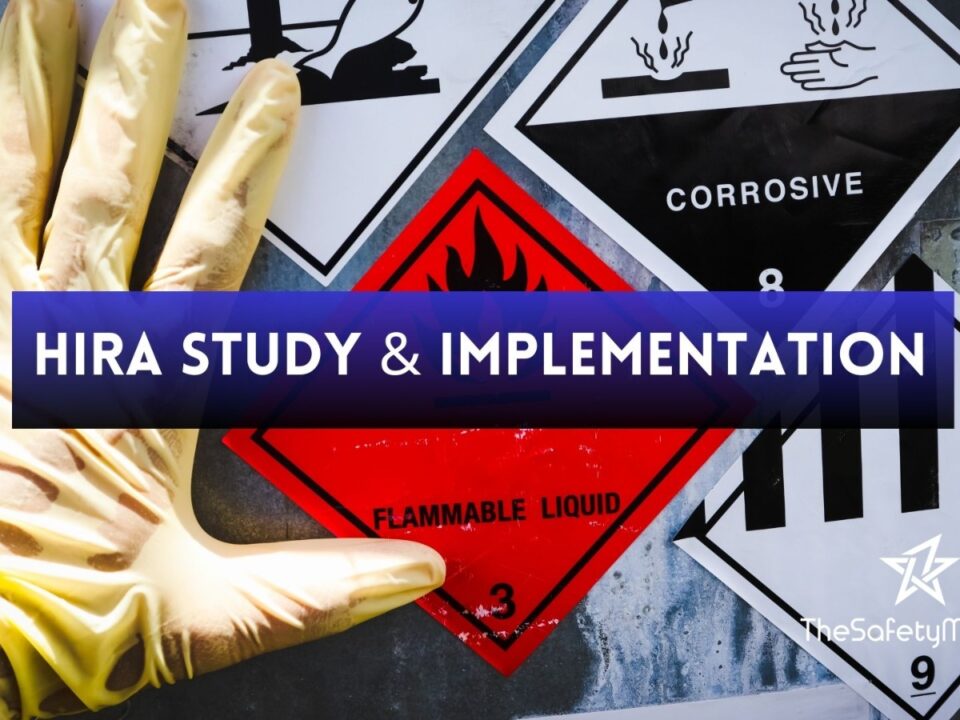HAZOP: Your Ultimate Guide for Conducting an Effective Risk Assessment

Quantitative Risk Analysis by TheSafetyMaster
November 9, 20216 things Your Process Hazard Analysis Must Address
December 29, 2021Risk assessments help to determine hazards and evaluate risk. Hazard is the cause of the mishap, and risk is the possibility that calamity will happen due to identified problem areas. Hazop assesses the risk of a process and helps in deciding what actions should be taken. It also determines whether work can proceed as planned. A HAZOP assesses the area of risk and gives suggestions on how to mitigate them to reduce impacts on people, equipment, and the natural environment.
Risk assessments are usually one of the most dreaded parts of the project lifecycle, but they are extremely important in order to ensure our safety and meet industry regulations. Having an effective HAZOP (hazard and operability study) is essential to conducting a risk assessment that will produce results that can be applied to real-life situations.
Briefly, a HAZOP study is a method of analyzing hazards and evaluating risks to people, property, operations, and the environment. This structured analytical technique helps ensure that a proposed project is safe and stable before it begins operating. A hazard is a condition or circumstance that may cause an accident or injury at a certain place and time. A risk is a chance that a specific hazard will occur in the future. It is important to assess hazards in order to minimize the risks.
Every single day your employees confront hazards present in your facilities, which can cause devastating incidents. Hazardous conditions are the result of many factors including equipment failure, human error, or improperly designed processes. The purpose of a hazard assessment is to evaluate when and where risks occur in order to take action before an incident occurs. Hazard and Operability Analysis and services allow you to identify factors within the workplace environment that could potentially harm people who work there, whether it is at a construction site, outdoor location, or even in an office building.
Hazard and Operability Analysis is a technique used for analyzing risks and potential hazards in a system. By its nature, the process of conducting a HAZOP study is centered around identifying and evaluating ways to mitigate hazards and risks that exist in a given system.
HAZOP is a structured, disciplined, systematic approach to safety engineering that aims to optimize the design of all major plant processes for safe operation by identifying major hazards. Then assessing threats to human safety, property, equipment, and the environment resulting from any combination of these hazards, then designing safeguards into the system or modifying process conditions to eliminate or control worst-case scenarios.
HOW WE CAN HELP
- Onsite/ Online Training
- Documentation
- Audits



